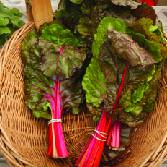-
CATEGORY ::
- All Seeds /
- All Ground Cover Seeds
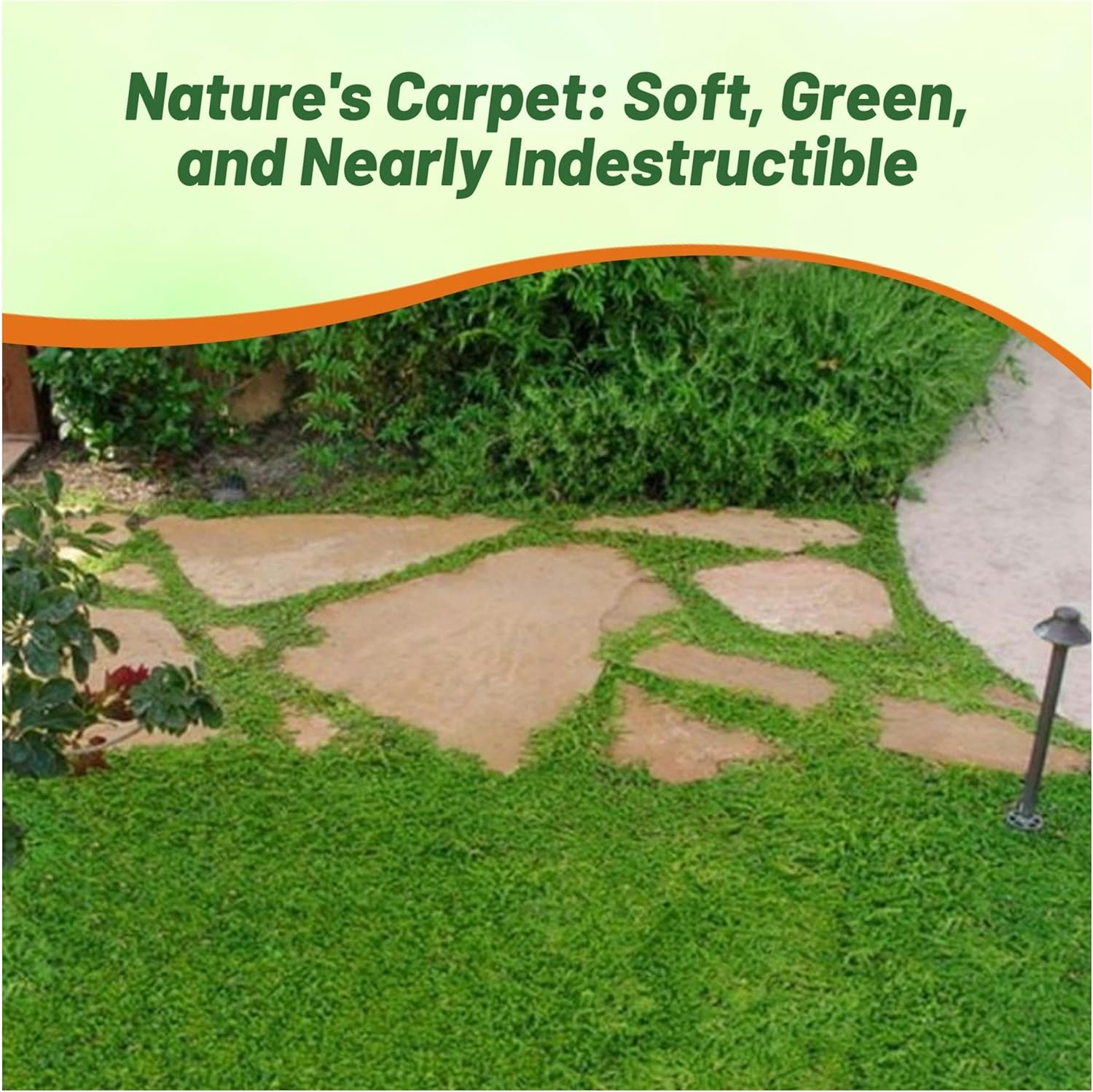

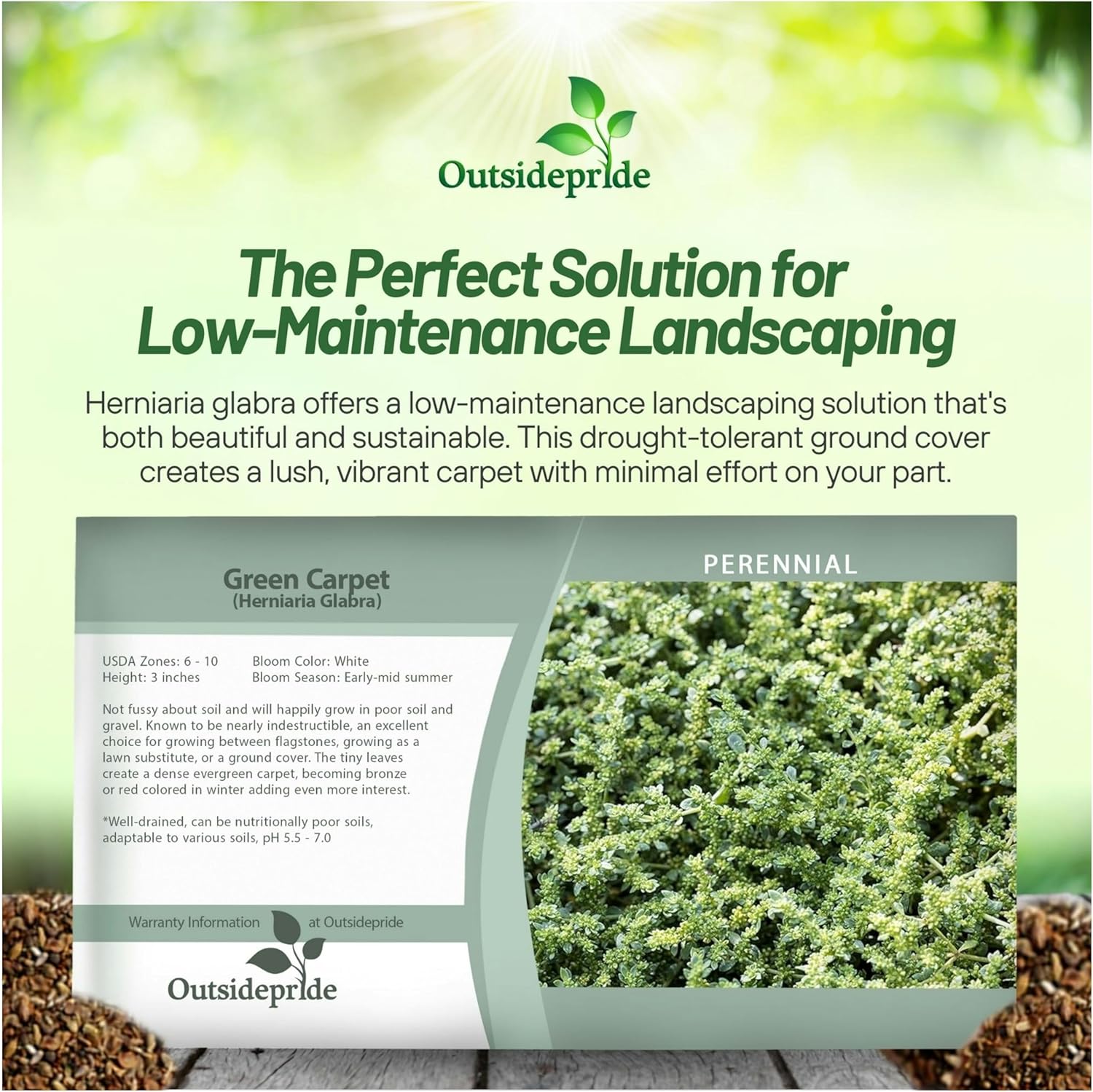

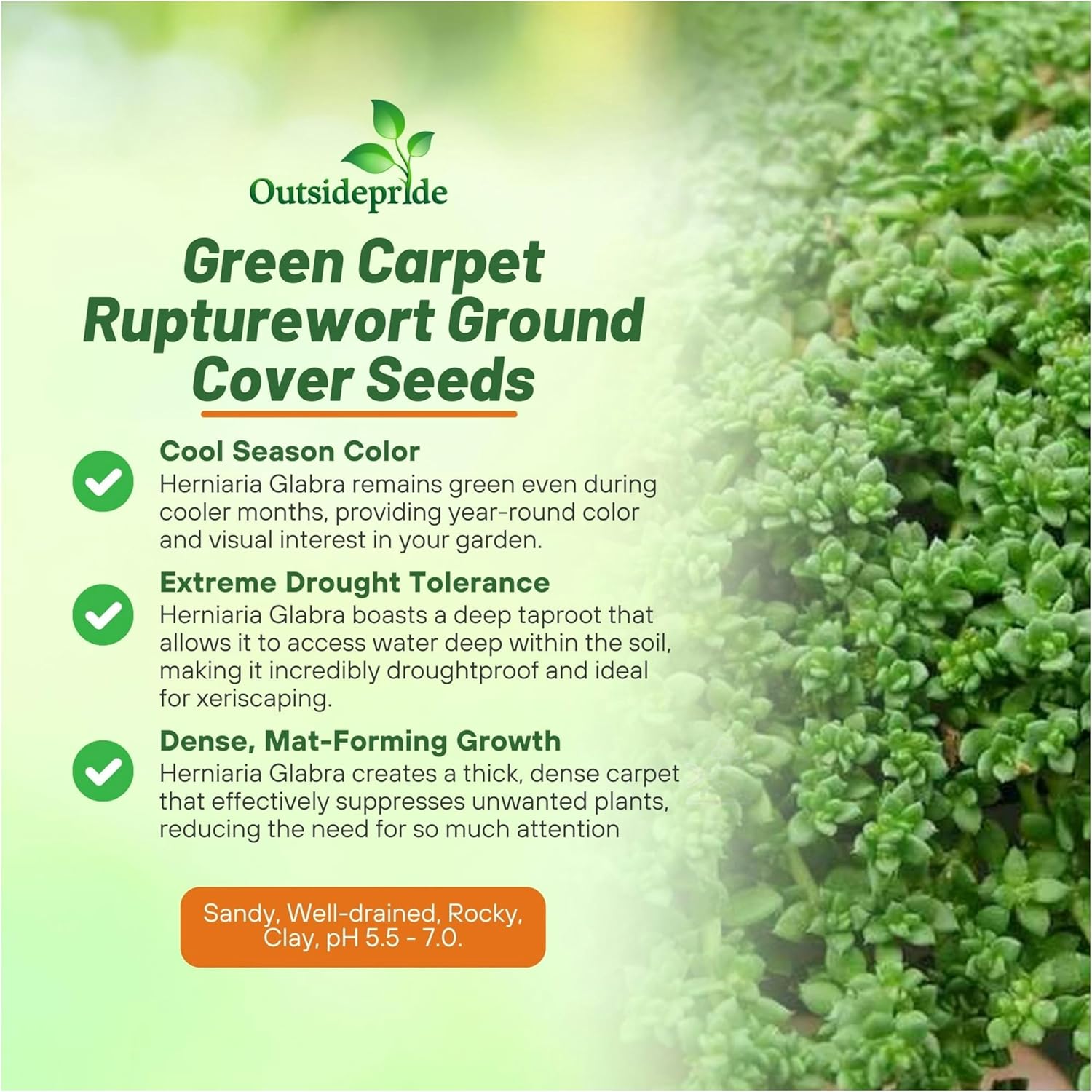
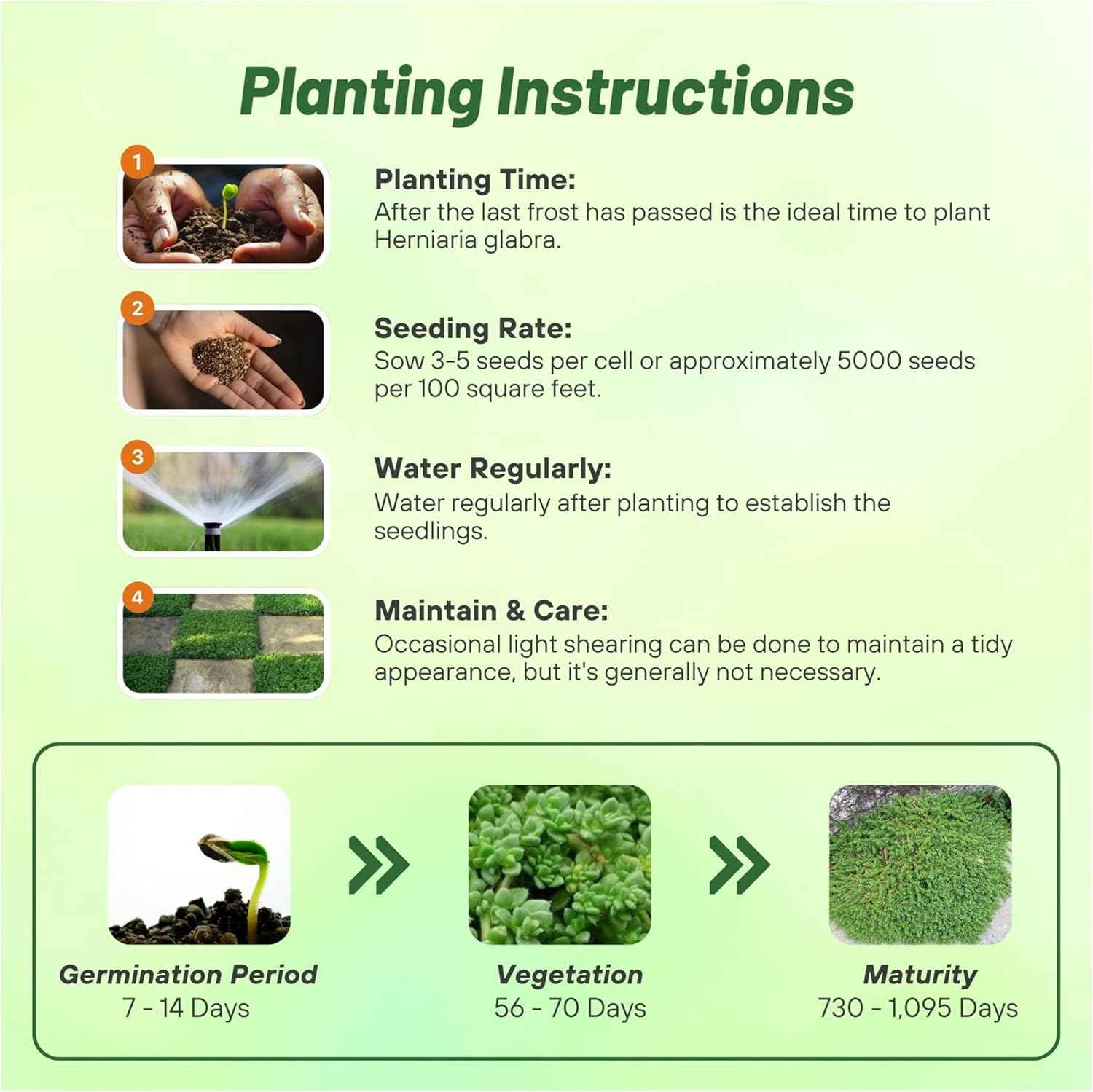



Herniaria Glabra Seeds
SEASON
Perennial
USDA ZONES
6 - 10
HEIGHT
3 inches
WIDTH
12 - 24 inches
BLOOM SEASON
Early summer to mid-summer
BLOOM COLOR
White
GROWTH RATE
Slow
ENVIRONMENT
Full sun to partial shade
FOOT TRAFFIC
High
DEER RESISTANT
Yes
LATIN NAME
Herniaria glabra
SEASON
Perennial
USDA ZONES
4 - 8
HEIGHT
12 - 18 inches
BLOOM SEASON
Winter
BLOOM COLOR
White
ENVIRONMENT
Partial shade
SOIL TYPE
Moist, well-drained, pH 6.2 - 7.4
DEER RESISTANT
Yes
HOUSE PLANT
Yes
SEASON
Perennial
USDA ZONES
3 - 8
HEIGHT
4 inches
WIDTH
4 inches
BLOOM SEASON
Spring and summer
BLOOM COLOR
White
ENVIRONMENT
Full sun to partial shade
SOIL TYPE
Well-drained, pH 5.8 - 6.8
HOUSE PLANT
No
DEER RESISTANT
Yes
SEASON
Perennial
USDA ZONES
5 - 9
HEIGHT
4 - 6 inches
WIDTH
12 - 16 inches
BLOOM SEASON
Early to late Summer
BLOOM COLOR
White
ENVIRONMENT
Full sun
DEER RESISTANT
Yes
SEASON
Perennial
USDA ZONES
7 - 9
HEIGHT
1 - 2 inches
WIDTH
6 - 12 inches
BLOOM SEASON
Summer
BLOOM COLOR
Green
GROWTH RATE
Fast
ENVIRONMENT
Partial shade to full shade
FOOT TRAFFIC
Moderate
DEER RESISTANT
Yes
SEASON
Perennial
USDA ZONES
4 - 10
HEIGHT
20 inches
WIDTH
20 inches
BLOOM SEASON
Summer through frost
BLOOM COLOR
Pink
GROWTH RATE
Aggressive
ENVIRONMENT
Full sun to partial shade
DEER RESISTANT
No
SEASON
Annual
USDA ZONES
5 - 10
HEIGHT
6 inches
WIDTH
12 inches
BLOOM SEASON
Mid summer to early fall
BLOOM COLOR
Scarlet
GROWTH RATE
Fast
ENVIRONMENT
Full sun to partial shade
DEER RESISTANT
Yes
SEASON
Perennial
USDA ZONES
5 - 11
HEIGHT
6 - 12 inches
WIDTH
12 - 24 inches
FOLIAGE COLOR
Green
FLOWER COLOR
Blue
FALL COLOR
Foliage may turn brown with cold winters
SOIL REQUIREMENT
Average, medium, well-drained soil
ENVIRONMENT
Full sun to partial shade
DEER RESISTANT
Yes
MOISTURE REQUIREMENTS
Requires weekly watering during extreme heat for first year
LATIN NAME
Liriope muscari
About...
Green Carpet (Herniaria Glabra) - This lowing growing ground cover only reaches about 3 inches in height and forms a matforming green carpet for carpet-bedding, a lawn alternative, low growing container gardening, etc. Herniaria glabra, also known as Rupturewort or Green Carpet, is a soft to walk on, evergreen grass substitute for many people.MORE GROUND COVER OPTIONS
Planting Directions
TEMPERATURE
68F
AVERAGE GERM TIME
7 - 14 days
LIGHT REQUIRED
Yes
DEPTH
Surface sow seed, do not cover
SOIL TYPE
Well-drained, can be nutritionally poor soils, adaptable to various so...more Well-drained, can be nutritionally poor soils, adaptable to various soils, pH 5.5 - 7.0...less
SOWING RATE
3 - 5 seeds per cell or approximately 5000 seeds covers 100 square feet
MOISTURE
Keep seeds moist until germination
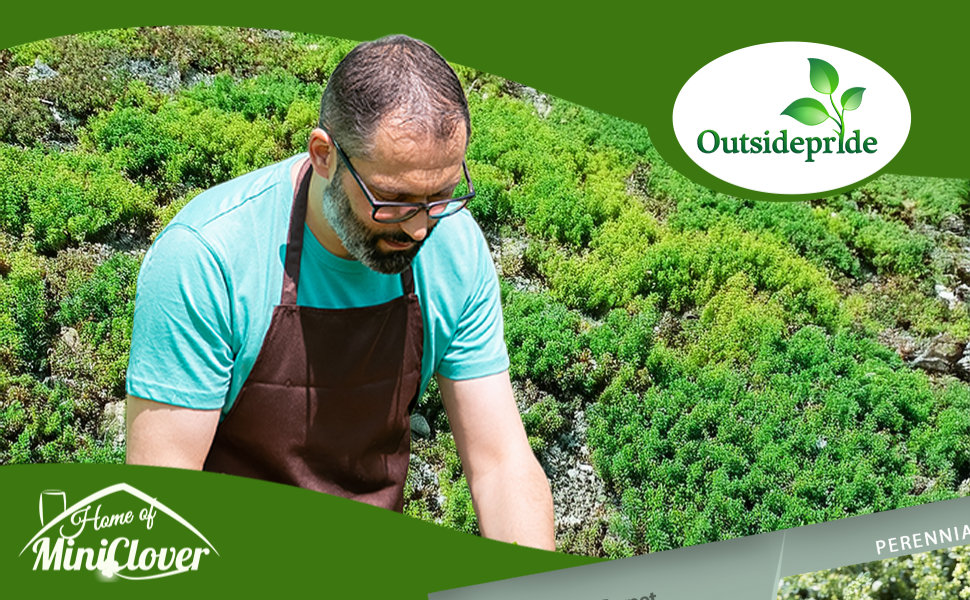
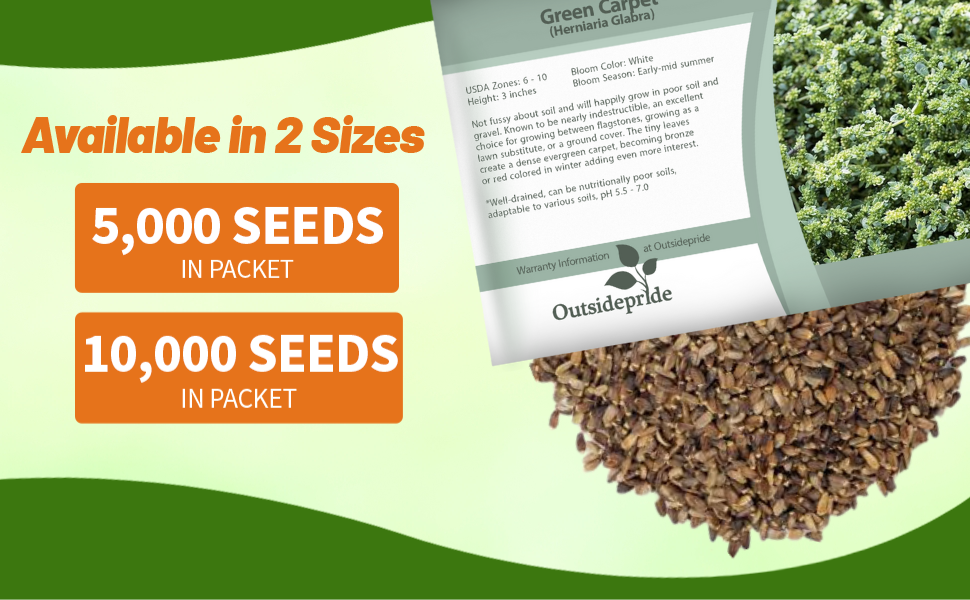
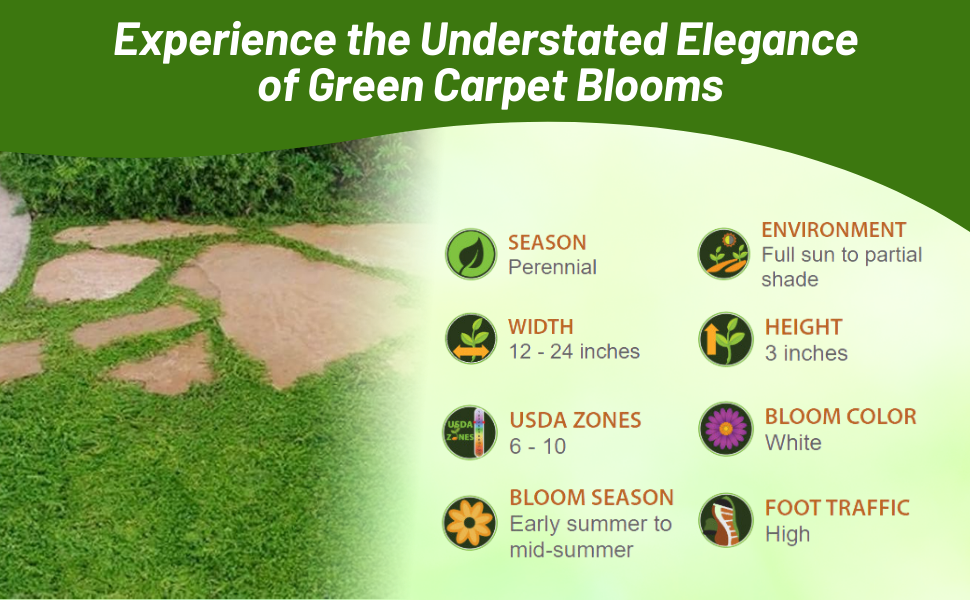
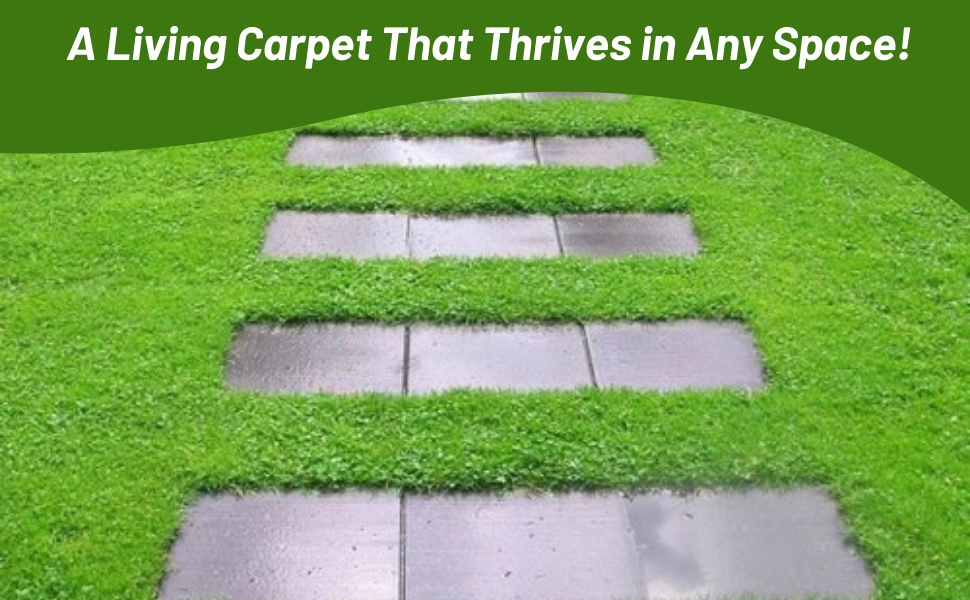
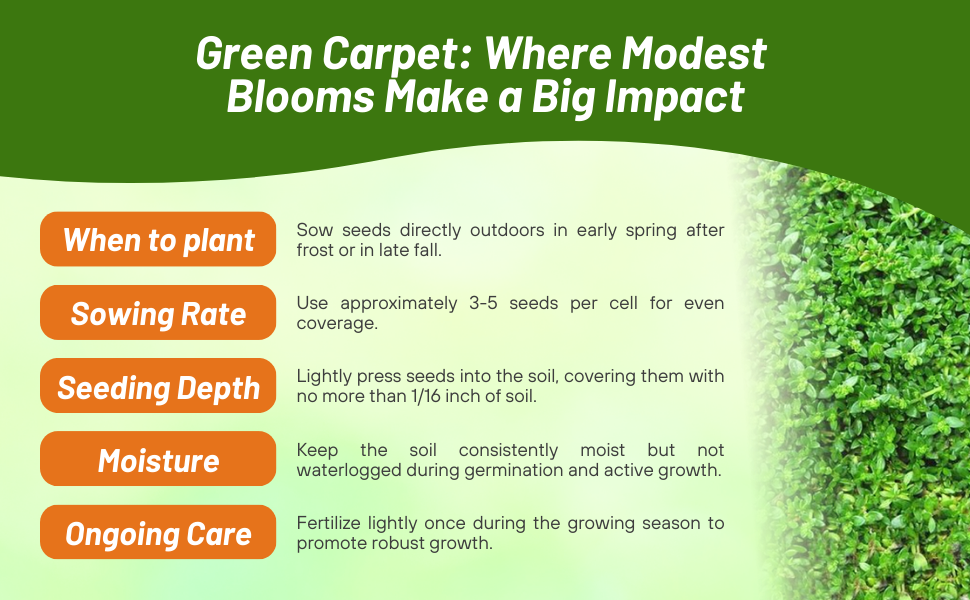
Green Carpet (Herniaria Glabra) - This low growing drought tolerant ground cover only reaches about 3 inches in height and forms a matforming green carpet for carpet-bedding, a lawn alternative, low growing container gardening, etc. Herniaria glabra, also known as Rupturewort or Green Carpet, is a soft to walk on, evergreen grass substitute for many people or the perfect ground cover. It can take quite a bit of foot traffic as it is almost as wear tolerant as grass. Its small, vibrant green glabrous foliage will get inconspicuous lime-green to white flowers on it, but they are barely visible and do not attract bees. Many people report never seeing Herniaria Glabra flower at all which makes it nice as there is no flower clean up.
Common Questions
Can I use it for a lawn alternative?
Yes, this plant is a good choice as a lawn alternative or for growing in between stepping stones.
What are some good ways to use these plants in a landscape?
These tough little plants are great for edging, ground cover, containers, rock gardens, stepping stones or as a lawn alternative.
Do I need to prune my plants?
Cutting back straggly stems helps to stimulate new growth. Any brown or dead stems can be sheared off. No other pruning is needed.
Planting Directions
TEMPERATURE
70F
AVERAGE GERM TIME
28 - 56 days
LIGHT REQUIRED
Yes
DEPTH
1/16 inch
SOWING RATE
5 seeds per plant
MOISTURE
Keep moist until germination
PLANT SPACING
18 inches
Christmas Rose (Helleborus Niger) - Christmas Rose seeds can be started to grow this unique ornamental that blooms in the winter. Helleborus Niger Christmas Rose has a rugged, coarse-textured, leathery, shiny green foliage that remains attractive year-round. The plant is stemless, herbaceous and can be used as a ground cover that reaches 12 - 18 inches tall and spreads about the same across.
Great for edging
Grow Christmas Rose from flower seeds and use the ground cover plants to line the edges of a sidewalk or garden path. Edging a path is job that they perform very well and they can be seen up close and fully appreciated.

Christmas rose seed |
How to grow
How To Grow Christmas Rose From Seed: If sowing the Christmas Rose seeds directly outdoors, sow the ground cover seeds in the fall. The flower seeds require a cold treatment to germinate. You can either sow them on the ground where you will be growing them permanently or sow the seeds in pots, and then bring the pots in after a month or so of freezing weather. The freezing will encourage them to germinate more easily.
If you choose to sow the Christmas Rose flower seeds indoors, freeze the seeds for 3 - 6 weeks to break dormancy, then plant the flower seeds in starting medium. When the plant is around 2 inches tall, transplant to the permanent place. Helleborus Niger plants can take up to 3 years to flower when grown by seeds. Christmas Rose is a poisonous plant.
- Sowing Rate: 5 seeds per plant
- Average Germ Time: 28 - 56 days
- Keep moist until germination
- Attracts bumblebees
- Depth: 1/16 inch

Flower Specifications
Christmas Rose flowers bloom in early winter to early spring with white flowers that might be tinged with pink. Christmas Rose plants are a perfect addition to give a garden some winter color. Foot traffic is not recommended.
- Height: 12 - 18 inches
- USDA Zones: 4 - 8
- Season: Perennial
- Deer Resistant: Yes
















